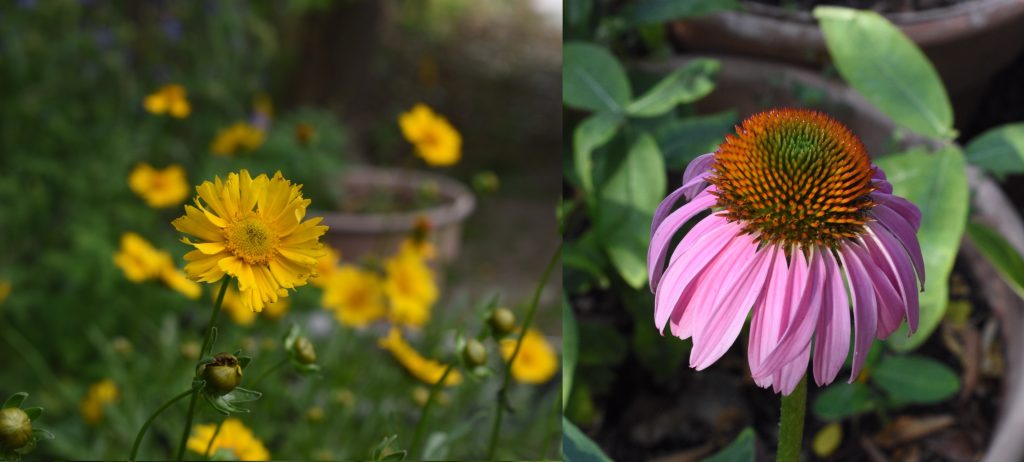In North America, there are essentially two main populations of monarch butterflies (Danaus plexippus). The largest population overwinters in Mexico and migrates to the northern United States — from North Dakota to Maine — and southern Canada each year. The second population overwinters in southern California and makes a shorter migration up the West Coast. Additionally, smaller populations of monarchs live in Florida or overwinter in scattered locations along the Gulf Coast.
The number of butterflies overwintering in Mexico has been trending downward since the 1970s. Milkweeds (mostly plants in the genus Asclepias) are the only host plant for monarch butterflies. Many gardeners, like myself, grow milkweed in order to provide food for monarch caterpillars. A combination of milkweeds and other native flowering plants also provides food for bees, other butterflies, and hummingbirds.
In 2021, I raised and released 77 monarch butterflies. My goal for 2023 is to release 240 — roughly three times as many. The reason for 240 is that for many years I raised roughly twice as many monarchs as the year before — from 7 in 2016, to 15 the next year, 30 the next, and then around 60 in 2019. To fit the pattern, I “should” have raised 120 in 2020. But there was a pandemic and other factors intervened and I only raised around 30. So, for 2023, I want to get back to the doubling — if only for a year.
To hit this target, I figure that I need four things:
1.) Sufficient milkweed to feed the monarch caterpillars
2.) Enough blooming flowers to attract the adult female monarchs
3.) To suppress any disease outbreaks in either the milkweeds or the monarchs
4.) A little luck
In this post, I will discuss the milkweeds.
In 2021, I had roughly 40 milkweed plants in my garden. These ranged from plants I had grown for many years to first-year seedlings. By the time the 77th butterfly was released, I was running low on milkweed. Using this information as a start, I figured that I would need at least one milkweed plant for every two monarchs I plan to raise. This should give me enough milkweed with a little excess. This year (2022), I have around 70 plants and I easily have enough seed for 50 more. That should be sufficient milkweed.
In past years, I would look for monarch eggs or monarch caterpillars on my milkweeds when the monarchs were migrating through my area. I would then pick the leaf the insect was on and place it in one of my butterfly enclosures. Unfortunately, this wasted a lot of milkweed. When small, the caterpillars won’t consume an entire leaf overnight. By the next day, they want a fresh leaf. So this year, I plan to conserve leaf material by taking a pair of scissors and cutting around the egg or caterpillar. I’ll then lay that bit of leaf on a small plant in an enclosure. When the caterpillar abandons the leaf cutting, it will find itself on a milkweed plant. I can rotate partially consumed plants out of the enclosures to let them recuperate for awhile before using them again. Milkweeds are very resilient with regards to caterpillar damage. This should give me a little more leeway with regards the amount of milkweed biomass I need.
In a few days, I will discuss the other plants I will be growing for my monarch project. Milkweeds are the host plant for monarch caterpillars, but adult monarchs nectar on the the flowers of many plants. I have a plan to provide multiple types of flowers — blooming at multiple heights — throughout the monarch migration. In spring, I will update this website often on the progress I have made. At my location in central Texas, milkweeds start sprouting in late March and “monarch season” usually lasts from April through June.





I would like to raise monarchs but I have been reading about disease and other issues about rearing butterflies. I definitely want to do my part and helping preserve the monarchs. We planted a lot plants and continue to add on any suggestions where I can become more educated on the do and don’ts would be amazing.
If you’d like to raise monarchs, planting some milkweed and some native perennials — especially those that bloom when the monarchs pass through your area — is the most important thing. Maintaining a pesticide-free plot of wildflowers will allow the monarchs to lay eggs. If you are hands-off, you don’t need to worry about disease.
If you are capturing the caterpillars and raising them in enclosures — which keeps them from getting preyed on by wasps or tachnid flies — then keeping the enclosures clean is the primary way to prevent an outbreak of disease. Clean the enclosures after every monarch season and wipe them down with a dilute bleach solution.